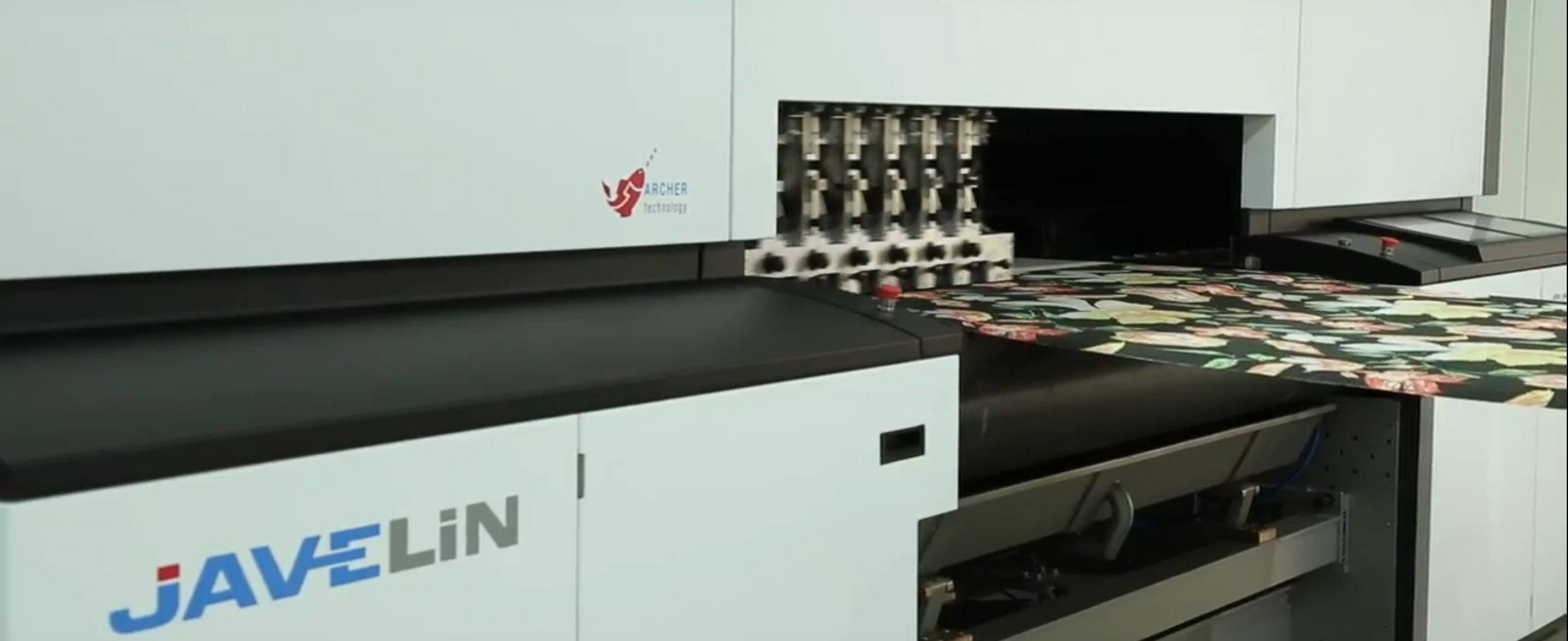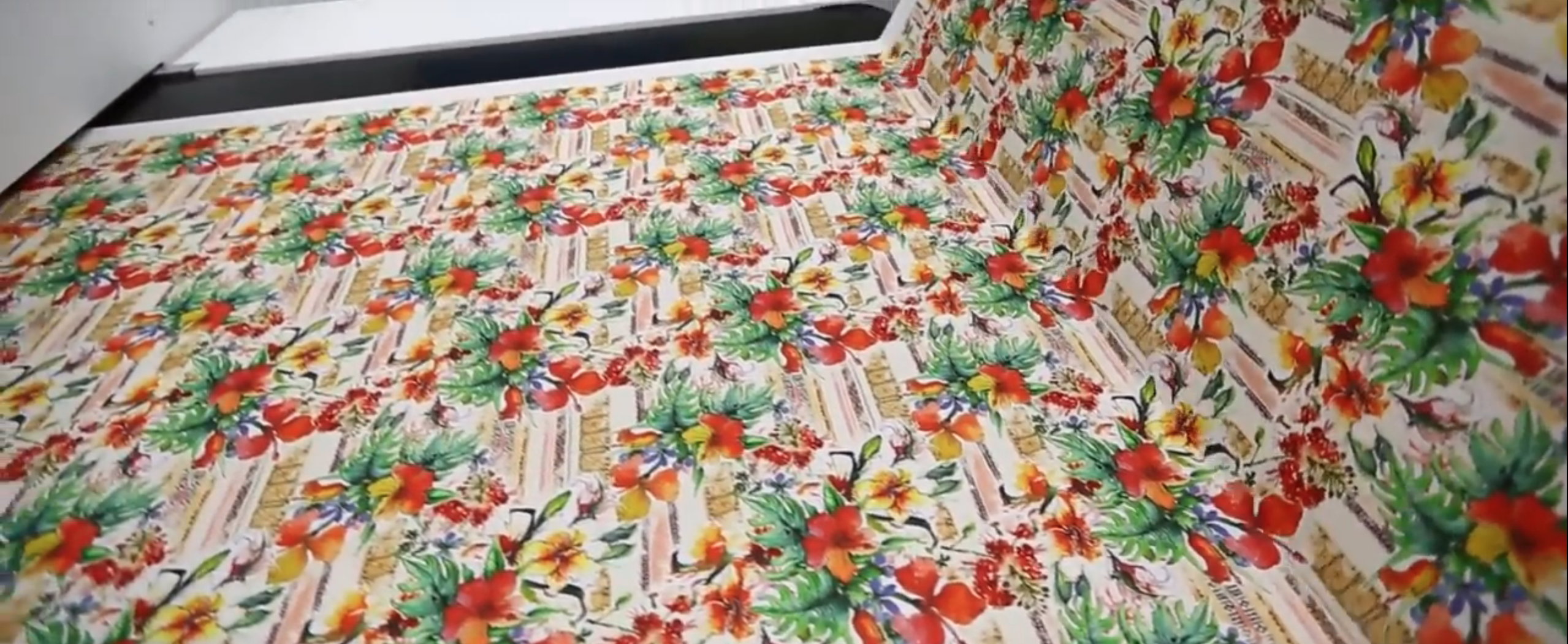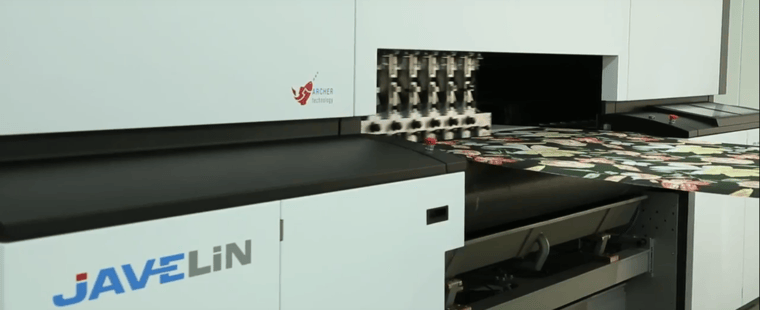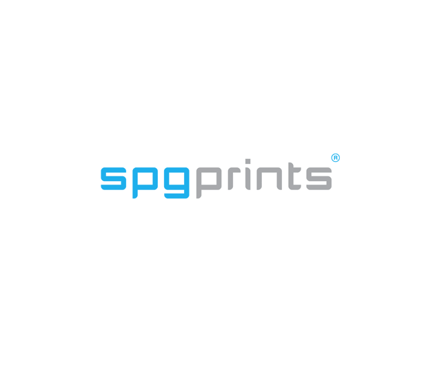Digital printing requirements for textile
Digital textile printing machines can provide printing companies with various advantages, like reducing lead times and improving printing quality. However, adding a digital textile printer to your production line can only be successful when printing companies meet certain important digital printing requirements. How do you know your company is one of them?

When assessing if digital textile printing could be of value to your company take in mind the following five questions:
- Does your company possess the right printing infrastructure?
The first question printers should ask themselves is if they already have all the required infrastructure available at their factory. If not, you need to take into account that the investment in this infrastructure (steaming, washing, finishing) will be adding a considerable investment besides a digital textile printer itself. This could increase the initial investment significantly and should therefore be the first consideration when assessing if digital textile printing could be of value to your company. - Are you able to handle the logistics of the added printing capacity?
When expanding your current printing capacity with a digital textile printing machine you need to make sure you can handle both production flows simultaneously. How are you going to make sure they don’t negatively influence each other?
Expanding your capacity means there’s more fabric that needs to be steamed and washed after printing. Do you have enough steaming and washing machines for the post-treatment of both production flows? And can you organize your production flows in such a way that you can benefit from the quick production of digital textile printing and the planned production of your conventional printers? Can you handle the tighter process conditions that are needed to make full use of the capabilities of digital printing? This is an important digital printing requirement: critically assess what impact adding a digital textile printing machine has on your internal logistics.

- Are you able to sell the added value?
No matter how you look at it, longer run length per design digital printing will cost more per meter than conventional printing. When you consider making the transition to digital textile printing, you first need to know if and how you are going to sell the added value. How do you plan to justify the higher costs of digital textile printing?
That could either be by gaining a significant advantage of decreasing your time-to-market and delivering to the brands or stores in a shorter time frame. This means you have to assess whether your customers are willing to pay a higher price for faster delivery times. Or maybe they are willing to pay more for higher print quality. Whichever plan is most suitable for your business, before making the transition you need to have a plan in place that outlines how you’re going to sell the added value and if that ensures that you will have to produce the volumes that you based your calculations on. - Do you have the right personnel?
Digital textile printing is a printing method that varies significantly from other, traditional printing methods. If today you are a traditional textile printing company, most of your employees will have a lot of craft experience with traditional printing methods. However, digital textile printing requires quite a different type of operator. Digital textile printing operators are used to working with computers and trust their output. They have a lot of digital knowledge and know-how to work with modern design tools such as Photoshop.
Therefore, when making the transition to digital textile printing you need to assess if you have the right people in place to operate a digital textile printing workflow. And also: how do you attract this kind of people? These new types of operators are used to working in new, clean and modern textile factories. Could your factory be an attractive place for them to work at? Do you comply to their digital printing requirements?
- Do you have the right space?
You cannot place a digital textile printer in the same production hall as your conventional printers as you need tighter environmental control (temperature, humidity). Therefore, you need to assess if you have the right space available for a digital textile printing machine. A digital textile printer has to be placed in a closed hall with relatively stable air humidity. Is there a space in your factory that meets these digital printing requirements or do you need to build an additional factory hall?
Is digital textile printing truly worth your investment?
The digital textile printing industry has grown rapidly in the last few years. More and more printers are making the transition from conventional to digital printing.
Are you ready to do the same but do you wonder if digital textile printing could truly be of value to your company? Then it’s time to discover how the transition to digital printing can help you make your business grow with the help of the digital printing requirements above and our strategic guide.
The Strategic Guide to Digital Textile Printing will show you how to implement this technology the right way, create new business models and become a market leader through Digital Textile Printing.
Find out how you make the most out of your transition to digital textile printing and download the free Strategic Guide here:






